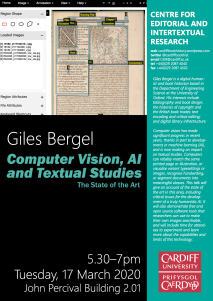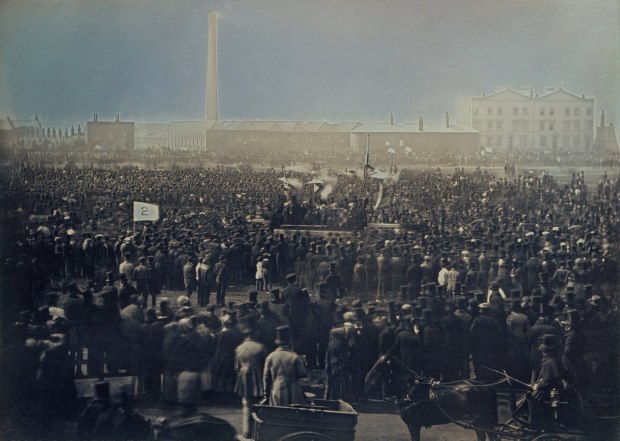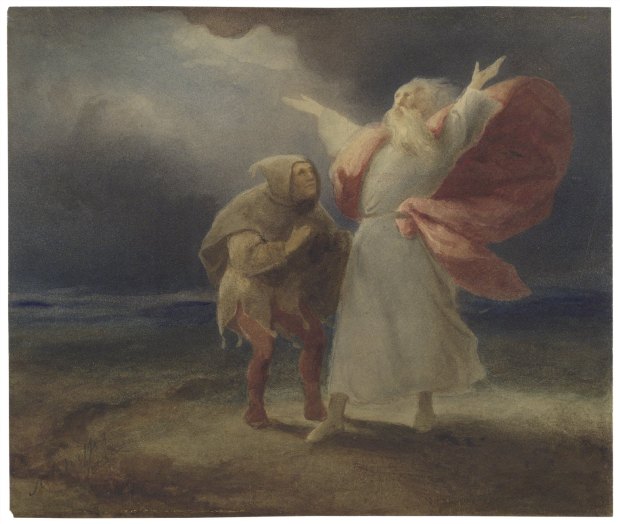Giles Bergel (University of Oxford) will be presenting his paper, ‘Computer Vision, AI and Textual Studies: The State of the Art’, at 5.30pm on Tuesday, 17 March 2020. The talk will take place in the Cardiff University’s John Percival Building, Room 2.01.
Abstract
 Computer vision has made significant progress in recent years, thanks in part to developments in machine learning (or ‘AI’), and is now beginning to make an impact on textual studies. Computers can, for example, reliably match the same printed page or illustration, or visualise variant typesettings or images. More challenging applications, such as OCR for handwriting, or segmenting documents into meaningful classes, are areas of active research. This presentation will give an account of the state of the art in this area, including several challenges and critical issues for the development of a truly humanistic AI. It will also demonstrate free and open source software tools that researchers can use to make their own images searchable, and will include time for attendees to experiment and learn more about the capabilities and limits of this technology.
Computer vision has made significant progress in recent years, thanks in part to developments in machine learning (or ‘AI’), and is now beginning to make an impact on textual studies. Computers can, for example, reliably match the same printed page or illustration, or visualise variant typesettings or images. More challenging applications, such as OCR for handwriting, or segmenting documents into meaningful classes, are areas of active research. This presentation will give an account of the state of the art in this area, including several challenges and critical issues for the development of a truly humanistic AI. It will also demonstrate free and open source software tools that researchers can use to make their own images searchable, and will include time for attendees to experiment and learn more about the capabilities and limits of this technology.


